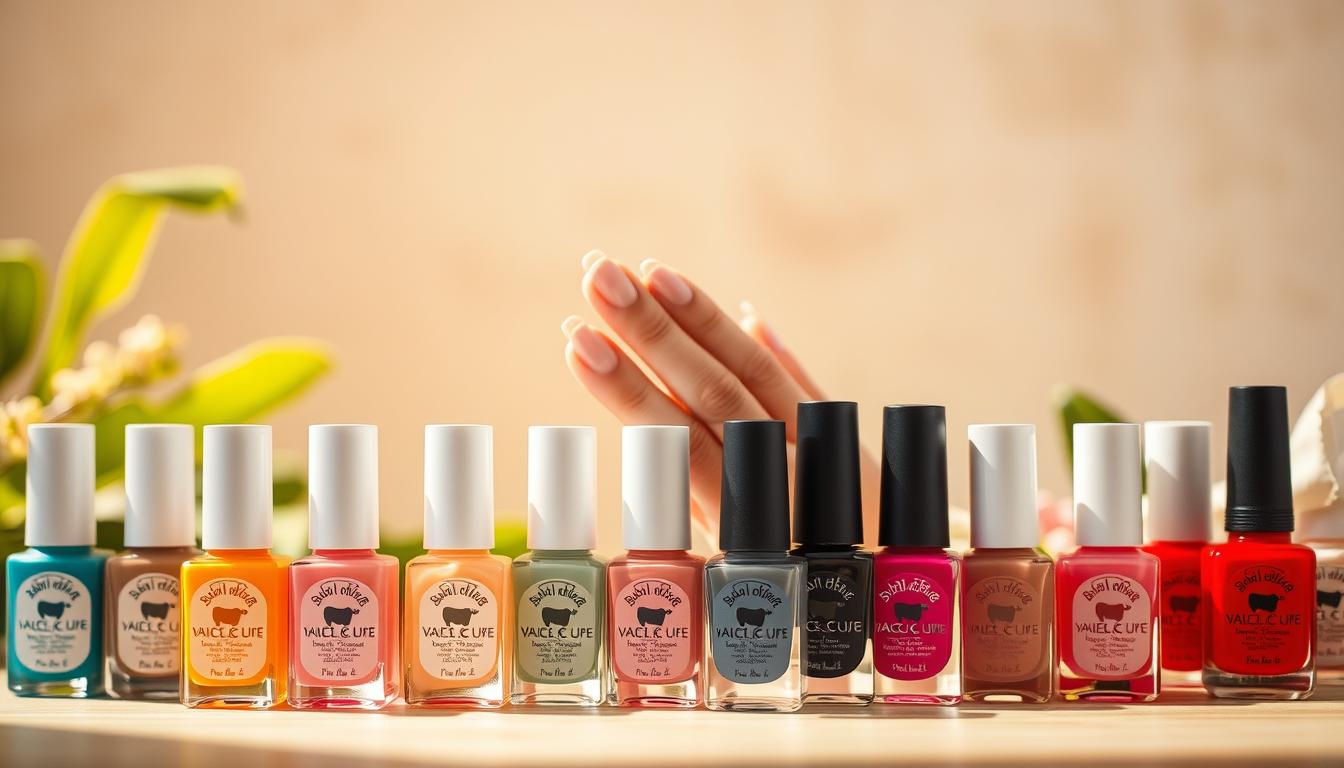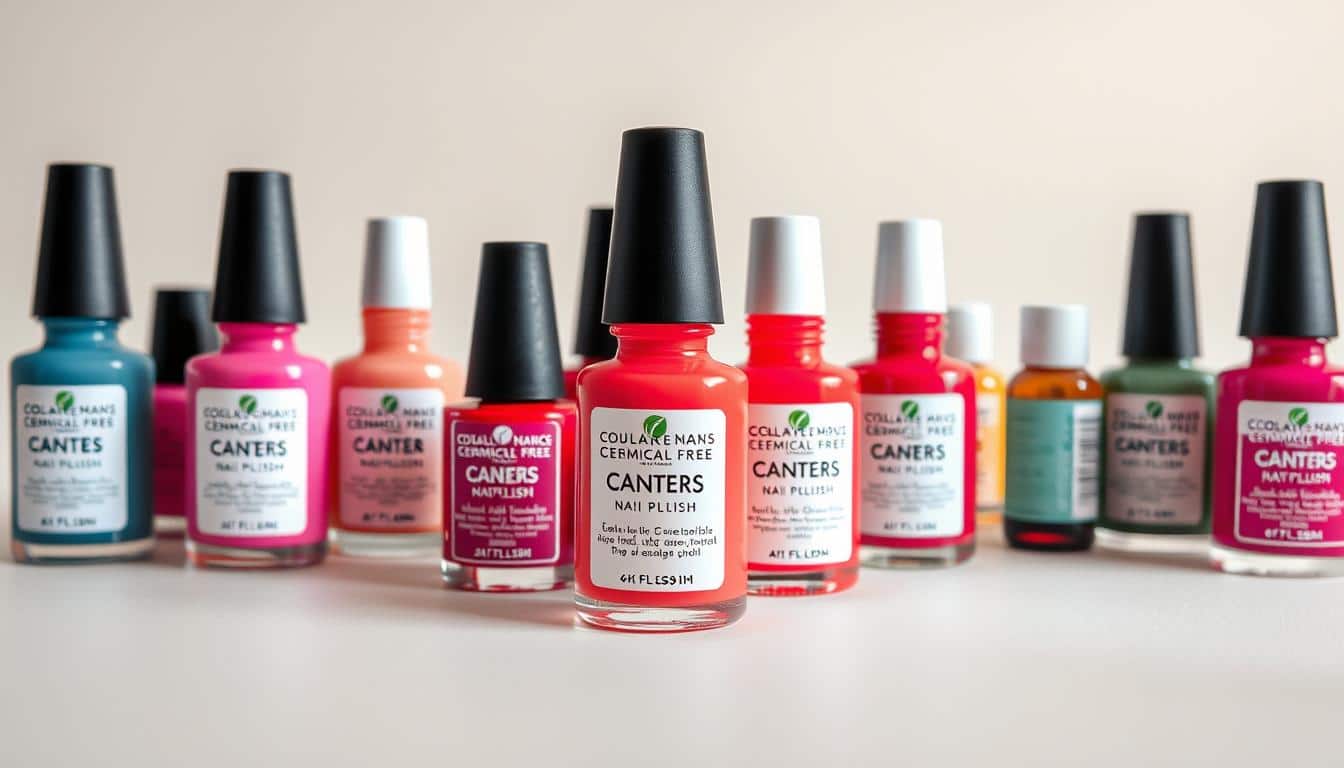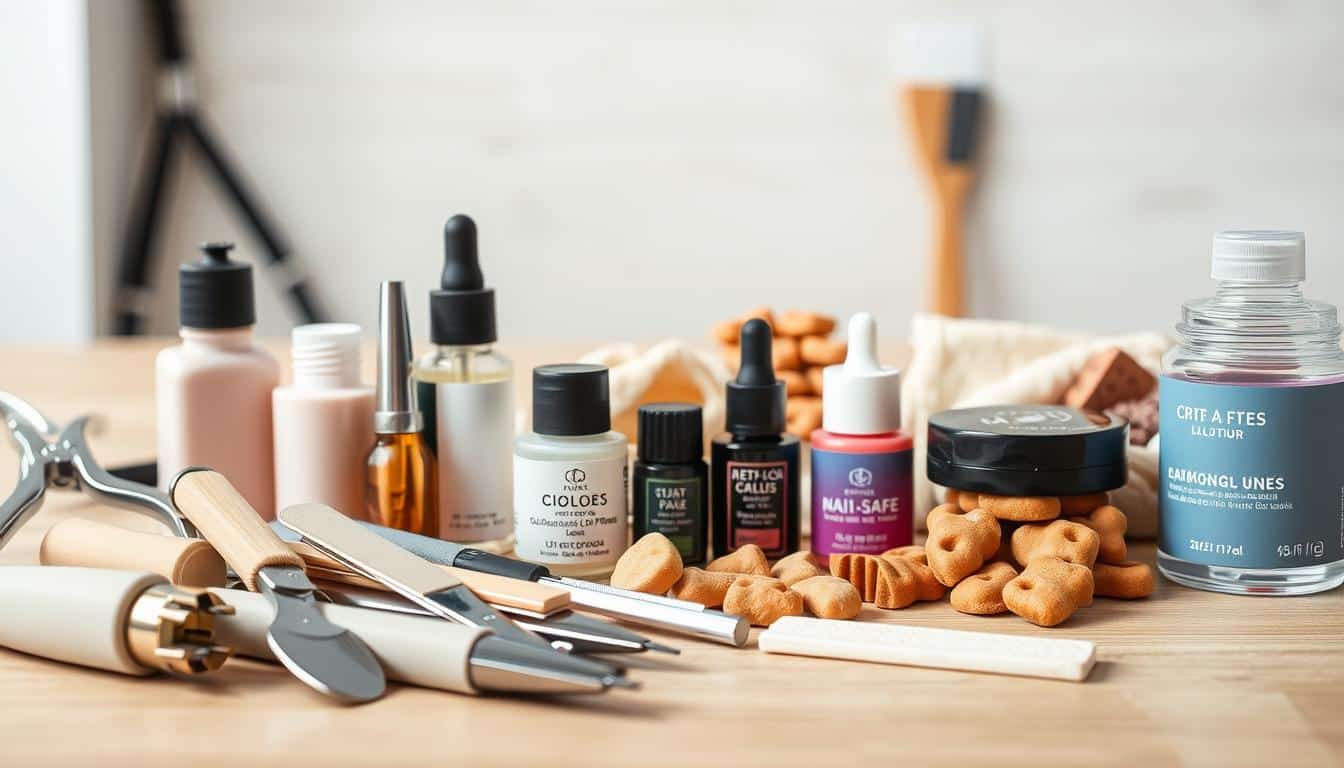Anúncios
Welcome to the top source for reptile care basics, where learning how to look after reptiles is key to their happiness. It’s all about making the right home, feeding them well, and keeping them healthy. This guide will show you how to do all that, so your reptiles can flourish.
If you want your pet reptiles to live their best life, creating a good home is the first step. This guide is here for everyone, from beginners to pros, aiming to improve your pet’s health and happiness.
Understanding Reptile Care Basics
If you want to own a reptile, knowing how to take care of them is key. It means understanding they’re not like other pets. To keep them healthy, you need to know what each type needs.
Every reptile needs a certain home and food setup. You have to get the temperature, humidity, and food right for their species. If you don’t, they might get sick and not live well.
It’s also important to know how your reptile acts.
Learning about their behavior helps you bond and keeps them happy. Also, make sure you know the laws about reptiles in your area. This helps you take care of them the right way.

Choosing the Right Reptile Species for Your Home
Finding the perfect reptile species is key for a happy pet-owner bond. It’s important for new owners to pick a reptile that fits with their daily routine and beginner level. Many reptiles are great for those new to pet care.
Here are some good beginner reptiles:
- Leopard Geckos: They’re easygoing and small, making them simple to care for.
- Corn Snakes: Friendly and available in many colors, these snakes are fun to have.
- Bearded Dragons: These reptiles love hanging out with people and can learn to know their owners.
It’s crucial to look into each reptile’s care needs before making a choice. Think about their size, behavior, and how long they live. This helps ensure you choose a reptile that fits your life. Knowing this helps you create a great life for your new reptile friend.
Creating a Suitable Reptile Habitat
Setting up the right home for your reptile needs careful thinking. First, pick a cage that fits your reptile’s needs well. The space should be big enough for them to move and act naturally. A good-sized home is key to keep them happy and healthy.
What you build the cage from matters a lot. Glass or plastic cages are good because you can see in and they’re safe. It’s important to have good air flow. This keeps the air fresh and keeps the moisture right for your reptile’s health.
Make the inside of the cage feel like their natural home. Using things like coconut fiber or moss helps them dig and keeps their home at the right temperature. Hiding spots made from rocks, logs, or store-bought items make them feel safe.
Keeping the habitat at the right temperature is super important. Find out the best heat levels for your reptile so they stay comfy. Having a warm spot to bask and a cooler area is just what they need.
Thinking about these key points will help you make a great home for your reptile. A well-planned cage makes their life better and strengthens your bond with them.
Reptile Care Essentials: Lighting and Temperature Control
Getting the reptile lighting and temperature right is crucial for your reptiles. It makes sure they are healthy and happy. By mimicking their natural world, you give them a better life.
Importance of UVB Lighting for Reptiles
UVB lighting is super important for reptiles. It helps them use calcium right, stopping metabolic bone disease. UVB light also makes them act naturally, like basking, which keeps them mentally fit. You must place UVB lights well so your pets get the benefits but aren’t harmed.
Maintaining Temperature Gradients
Keeping the right temperature is the base of reptile care. A temperature gradient lets them control their body heat, vital for their health. Use heat lamps, heating pads, and thermostats. This way, you give them warm spots to bask and cool spots to stay comfortable.
Feeding Your Reptile: Dietary Needs and Nutrition
Knowing what your reptile needs to eat is crucial for its health. Different reptiles need different types of food. This is because some are herbivores, some are carnivores, and others eat both plant and animal foods. The right nutrition helps them grow and stay healthy.
Understanding Reptile Diet Types
Different reptiles need different foods. For example:
- Herbivores love eating plants and need a mix of greens, fruits, and veggies.
- Carnivores need protein from insects or animals.
- Omnivores enjoy both plants and meats.
Making sure your pet eats what it needs is important. Sometimes, they might need extra vitamins or minerals. A vet can tell you if your reptile needs supplements to stay healthy.
Common Feeding Mistakes to Avoid
Feeding reptiles isn’t always easy, and mistakes can hurt their health. Some common problems include:
- Feeding them too much can make them very overweight.
- Some foods are bad or even poisonous for them.
- They need to eat at regular times to stay healthy.
Staying away from these mistakes is really important. Feed them the right food at the right times. This keeps them healthy and happy for a long time.
Handling and Bonding with Your Reptile
Handling reptiles the right way is key to keep them from getting stressed. When you handle them with care, you not only keep them safe, but you also build trust. First, let your reptile get used to you being around. You can do this by letting them check out their space or just staying close without touching them.
For a stronger bond with your reptile, try these tips:
- Handle your reptile gently and with confidence to keep them calm.
- Let your pet get used to you before picking them up. Always avoid sudden moves.
- Use treats when handling them to make it a positive experience.
- Watch for signs of stress like hissing or quick moves, and give them space if needed.
It’s important to know your reptile’s unique behavior. Every reptile is different, so you’ll need to adjust your approach to bond well with them. Being consistent and respectful of their needs can make handling a fun time for both you and your pet.
Regular Health Check-Ups: Prevention and Care
Regular vet visits are key to keeping your reptile healthy. They help catch problems early, ensuring your pet stays well. Knowing what a healthy reptile looks like helps you keep an eye on their health.
Signs of a Healthy Reptile
Watching your reptile can tell you a lot about its health. Healthy reptiles are usually:
- Active and alert
- Have clear eyes without any discharge
- Skin is smooth and lesion-free
- Eating regularly with a good appetite
- Shed their skin consistently
Common Health Issues in Reptiles
Even with great care, reptiles can get sick. Here are some common issues they face:
- Respiratory infections, seen through wheezing or not being active
- Metabolic bone disease, leading to weak bones or strange shapes
- Parasites, causing weight loss or bad skin
Finding these issues early can lead to better treatment. Always take your reptile for regular check-ups to keep them in good shape.
Creating a Stress-Free Environment for Your Reptile
Making a stress-free space for your pet reptile is key for their health. The right home can make them feel comfy and safe. Things like bad living spaces, too much touching, and not enough hiding spots can stress them out.
To make the best home for them, try these ideas:
- Ensure Proper Temperature and Humidity: Keeping an eye on these can stop them from feeling bad.
- Incorporate Hiding Spots: Adding things like caves or plants gives them a place to hide and feel less stressed.
- Limit Handling: Let your reptile get used to their home to lower their stress.
- Minimize Disturbances: Have their home in a calm spot so they can feel secure.
- Include Environmental Enrichment: This helps them act like they would in the wild and live better lives.
Using these tips can help make a place where your reptile feels relaxed. With the right balance, you can lessen their stress. This makes them happier and healthier.
Enhancing Your Reptile’s Well-Being with Enrichment
Activities that enrich your reptile’s life are key to their well-being. By adding different kinds of fun to their space, you help make them healthier and happier. There are many cool activities that match their wild behaviors.
- Climbing platforms allow reptiles to explore vertically, satisfying their instinctual need to climb.
- Foraging opportunities, such as hiding food in natural substrates, encourage natural hunting behaviors.
- Interactive toys that promote problem-solving enhance mental engagement and prevent boredom.
It’s important to switch up their entertainment and playthings regularly. This keeps them interested and involved. A changing environment keeps them moving and fit. Enhancing their living area is a big boost to their mental and physical health.
Understanding Your Reptile’s Behavior
Watching and learning about a reptile’s behavior is key to taking good care of it. Every reptile shows feelings and needs in its own special way. By figuring out what their actions mean, you can make sure they have a happy and healthy life.
It’s important to spot the main signs of how they feel. These signs include:
- Contentment: If they look relaxed and like to explore, they’re probably happy.
- Stress: Quick moves, hiding, or protective stances mean they might be upset or scared.
- Aggression: Hissing, biting, or puffing up shows they feel in danger or annoyed.
Learning to understand reptile behavior takes patience and careful watching. Each type of reptile behaves in ways shaped by their wild instincts. By learning about these behaviors from animal science, you can interact in ways that keep both you and your reptile happy.
Hydration and Its Importance in Reptile Care
Keeping your reptile hydrated is key to their health. Different reptiles need different amounts of water. Always make clean, safe water available to them.
By misting their living area or using natural water features, you can keep the humidity right. This not only helps them drink more but also makes their home feel more natural. Dehydration is dangerous and can make them very sick.
- Monitor your reptile’s water intake regularly.
- Observe the humidity levels in the habitat.
- Adjust hydration techniques based on seasonal changes.
Knowing how much water your reptile needs is crucial for their well-being. Keeping the moisture levels just right helps avoid dehydration. This way, your reptile stays healthy.
Conclusion
We’ve learned a lot about taking care of reptiles. Knowing what different reptile species need is key for their health. This includes their home, food, and health care needs.
Taking care of reptiles is very important for their well-being. Good lighting, the right temperature, and the right food are essential. Also, checking their health and watching their behavior helps catch problems early. This all helps in creating a safe and happy place for them.
Caring for reptiles means always learning and making changes to how we care for them. Using what we learned here, we can make our pets’ lives better. Let’s enjoy the journey of taking care of these amazing animals!



